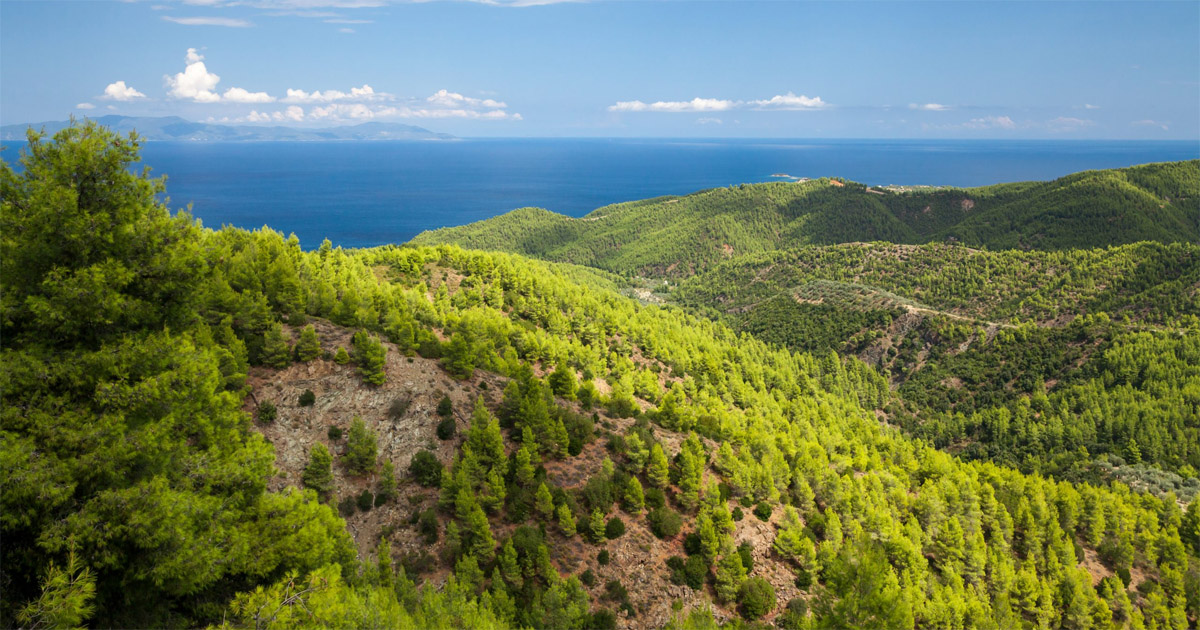This study was conducted on Manoka Island (Littoral Region of Cameroon) with the aim of analyzing climate change vulnerability and local adaptation strategies based on the local community’s perceptions and biophysical evidence. We used household surveys, focus group discussions, field observation, GIS, and remote sensing to collect data on variables of exposure, sensitivity, and adaptive capacity. Historical changes in rainfall and temperature, mangrove cover, and the occurrence of extreme climatic events were used as indicators of exposure. Property losses and income structure were used as indicators of sensitivity, while human, natural, social, financial, and physical assets represented adaptive capacity. 89 households were interviewed in the nine settlements of the island. Results show that Manoka Island is experiencing irregular rainfall patterns (with average annual values deviating from the mean by −1.9 to +1.8 mm) and increasing temperature (with annual values deviating from the mean by −1.2 to +3.12). The dynamics of the coastline between 1975 and 2017 using EPR show average setbacks of more than ±3 m/year, with erosion levels varying depending on the period and location. The number of households perceiving extreme climatic events like seasonal variability, flood, and rain storm was higher. From respondents’ perception, housing and health are the sectors most affected by climate change. The reported high dependence of households on fishing for income, their overall low livelihood diversification, and their poor access to climate information reported by 65% of respondents portray their poor adaptive capacity. Local response initiatives are ineffective and include among others constructing buildings on stilts and using car wheels to counter the advancement of seawater inland. The study concludes that households on Manoka Island are vulnerable to the impacts of climate change. Income diversification, mangrove reforestation, the development of sustainable supply chains for wood fuel, and sustainable fish smoking devices are the main pathways for adaptation planning in this area.
Download:
DOI:
https://doi.org/10.1155/2022/7546519
Puntuación Altmetric:
Dimensiones Recuento de citas:

Año de publicación
2022
Autores
Fongnzossie, E.; Sonwa, D.J.; Mbevo, P.; Kentatchime, F.; Mokam, A.; Tatuebu Tagne, C.; Rim, L.F.E.A.
Idioma
English
Palabras clave
climate change, mangroves, remote sensing, livelihoods, coastal areas, household income, household surveys, adaptation
Geográfico
Cameroon


















